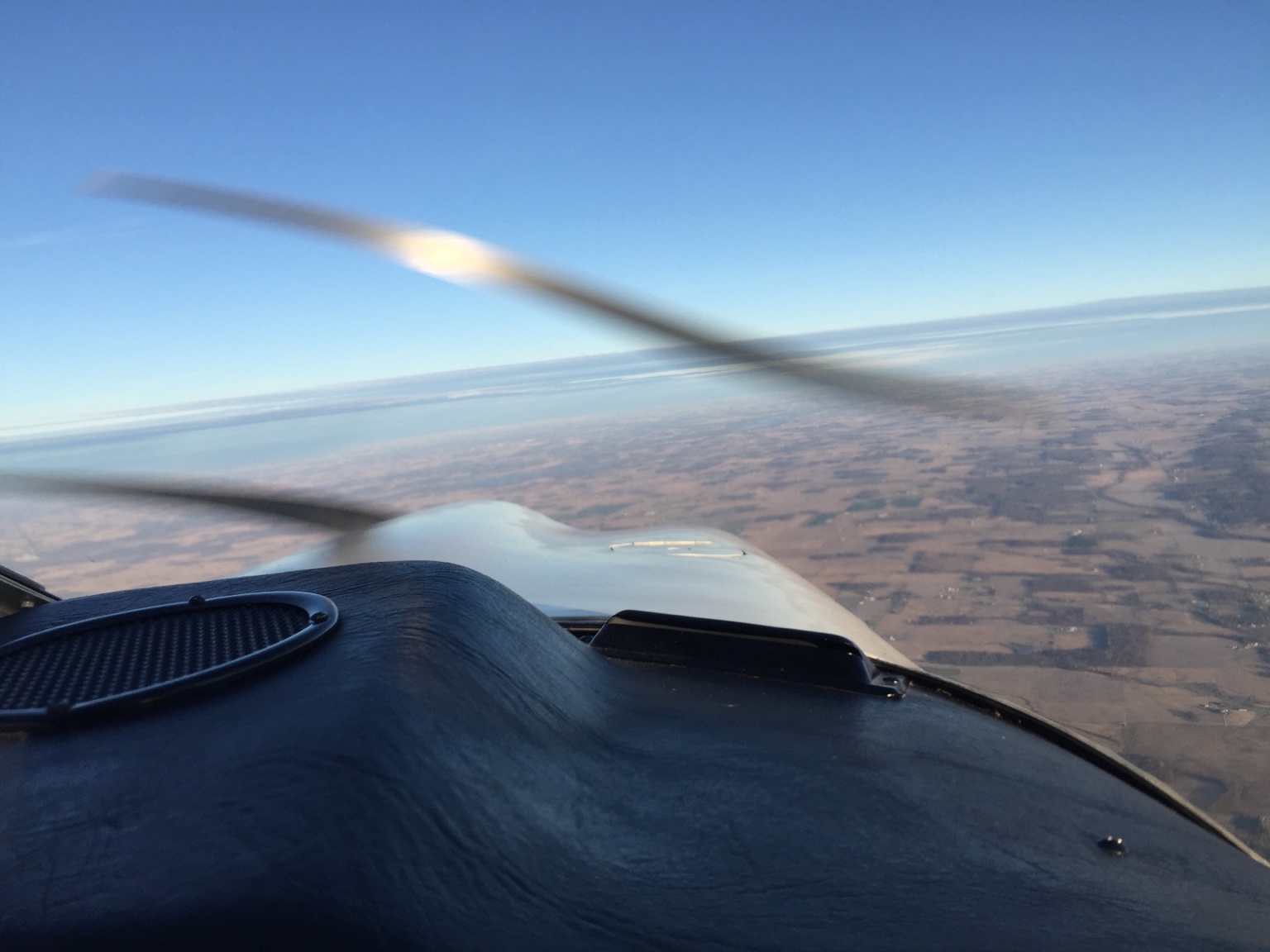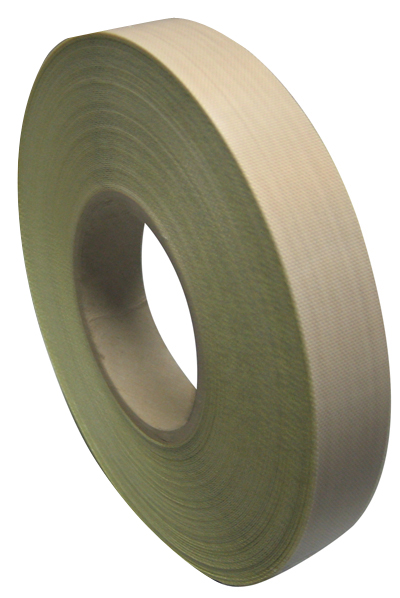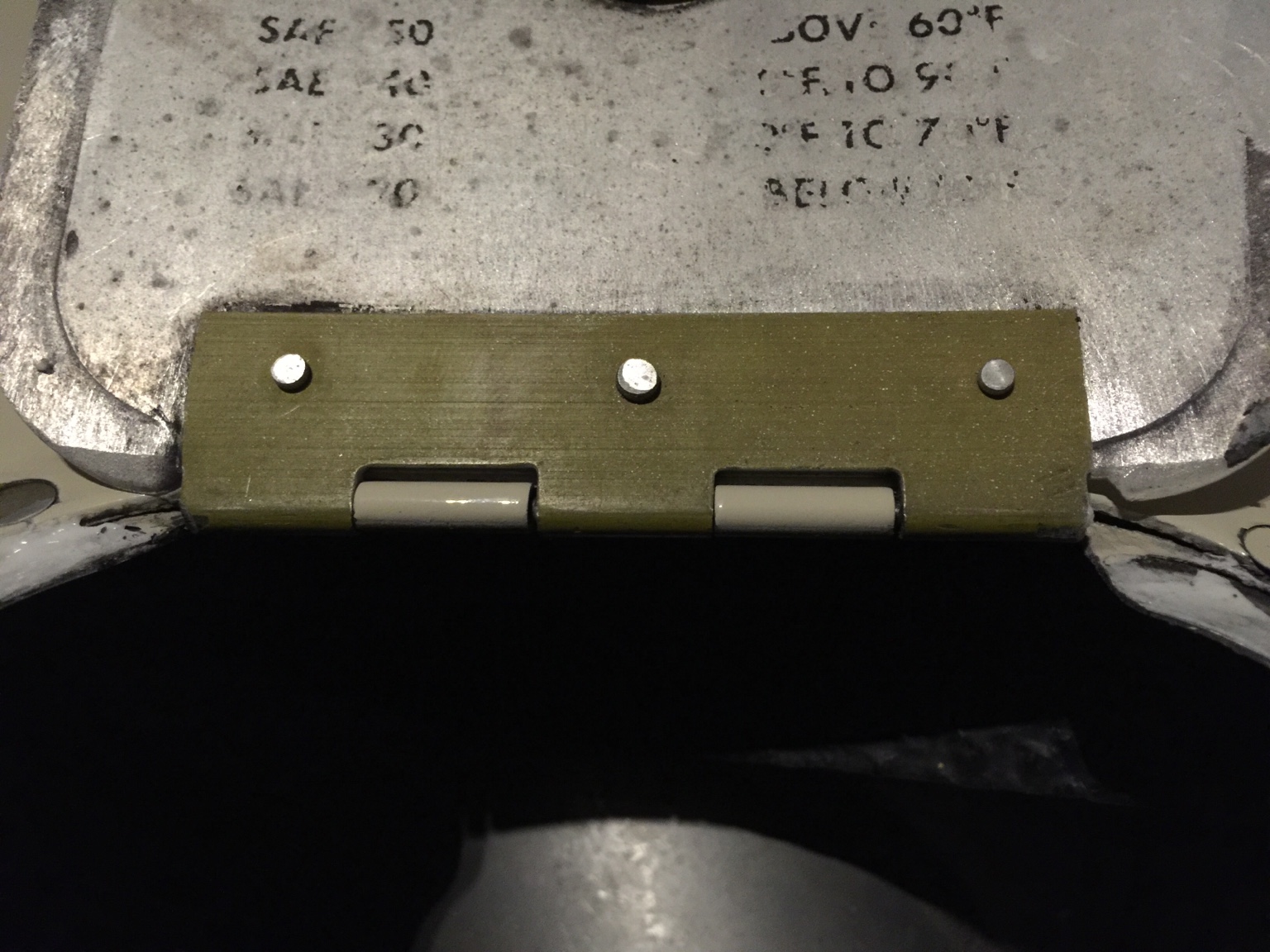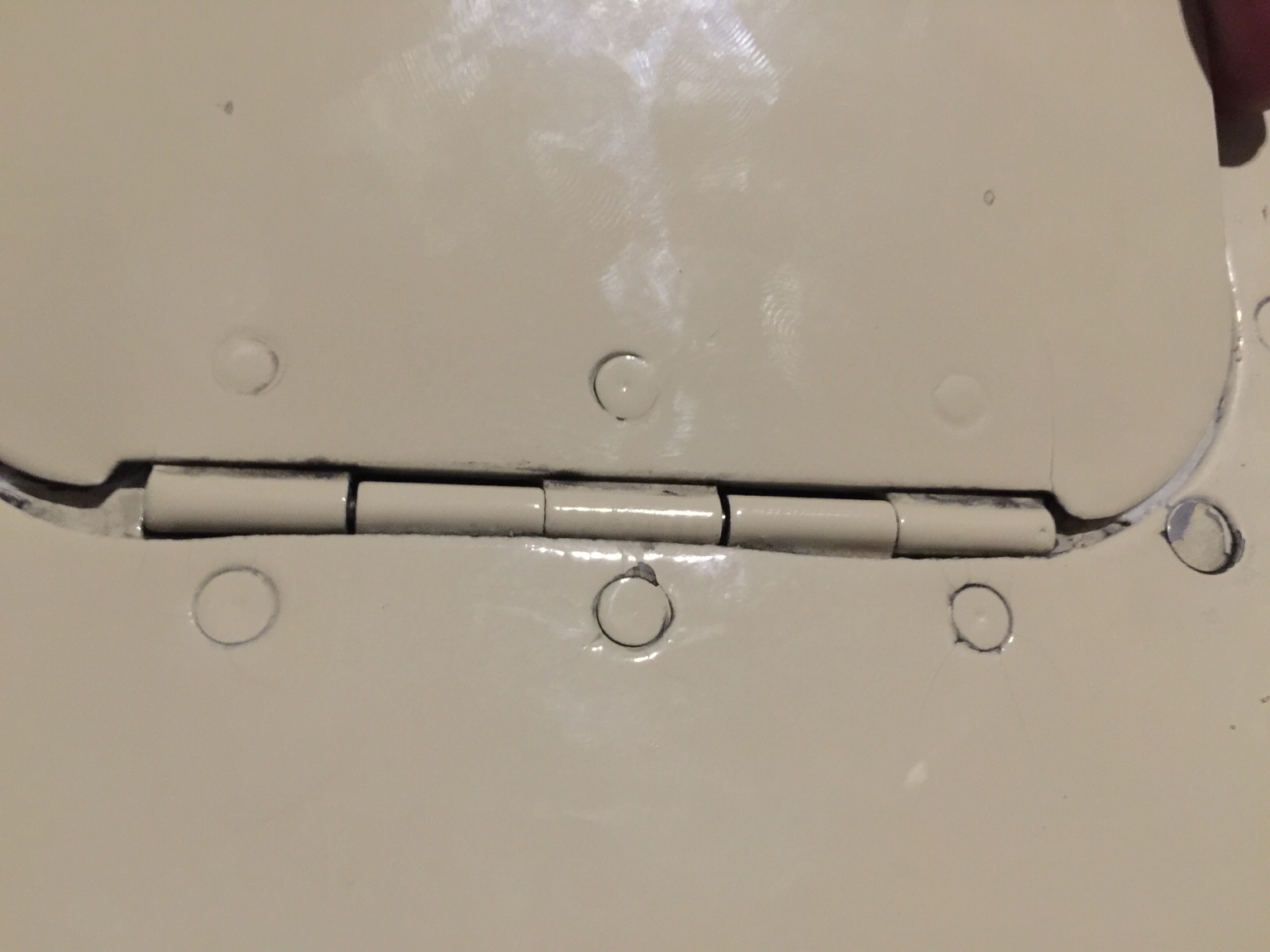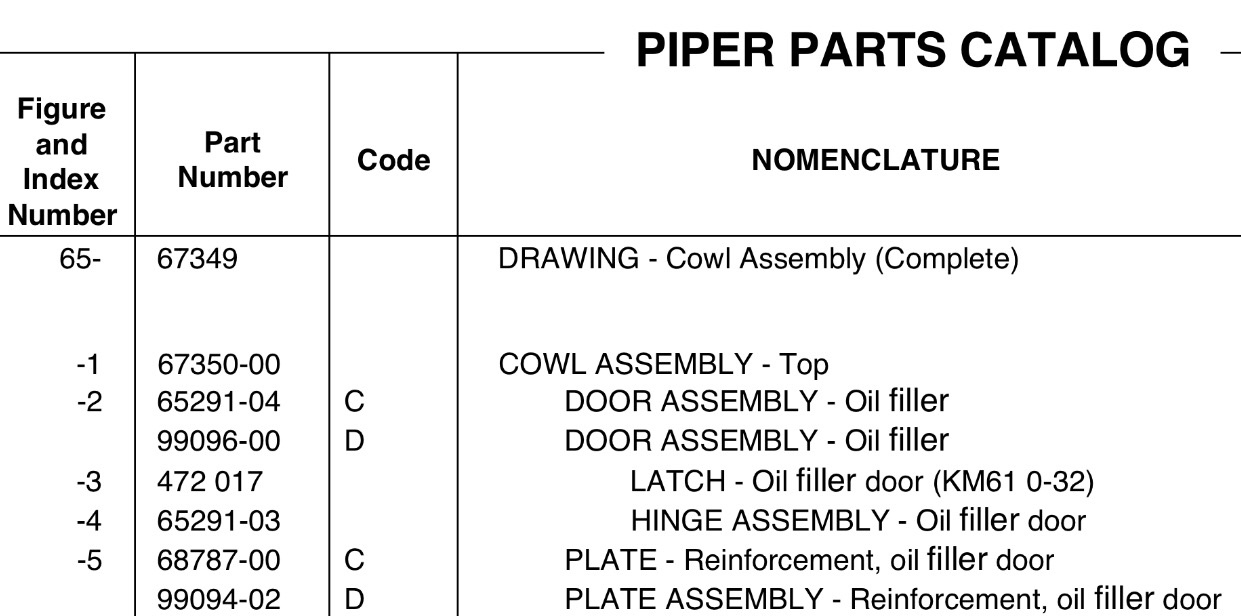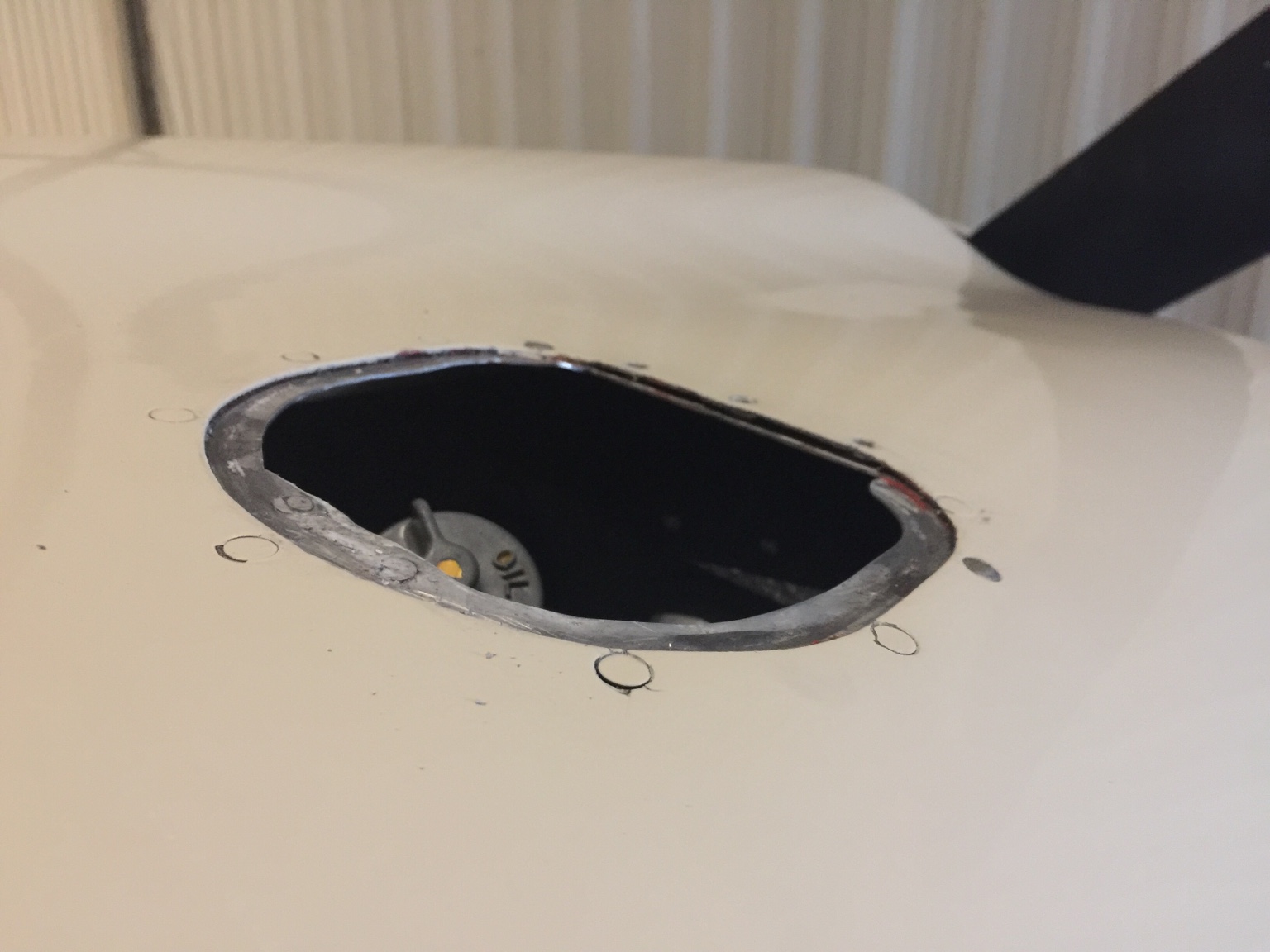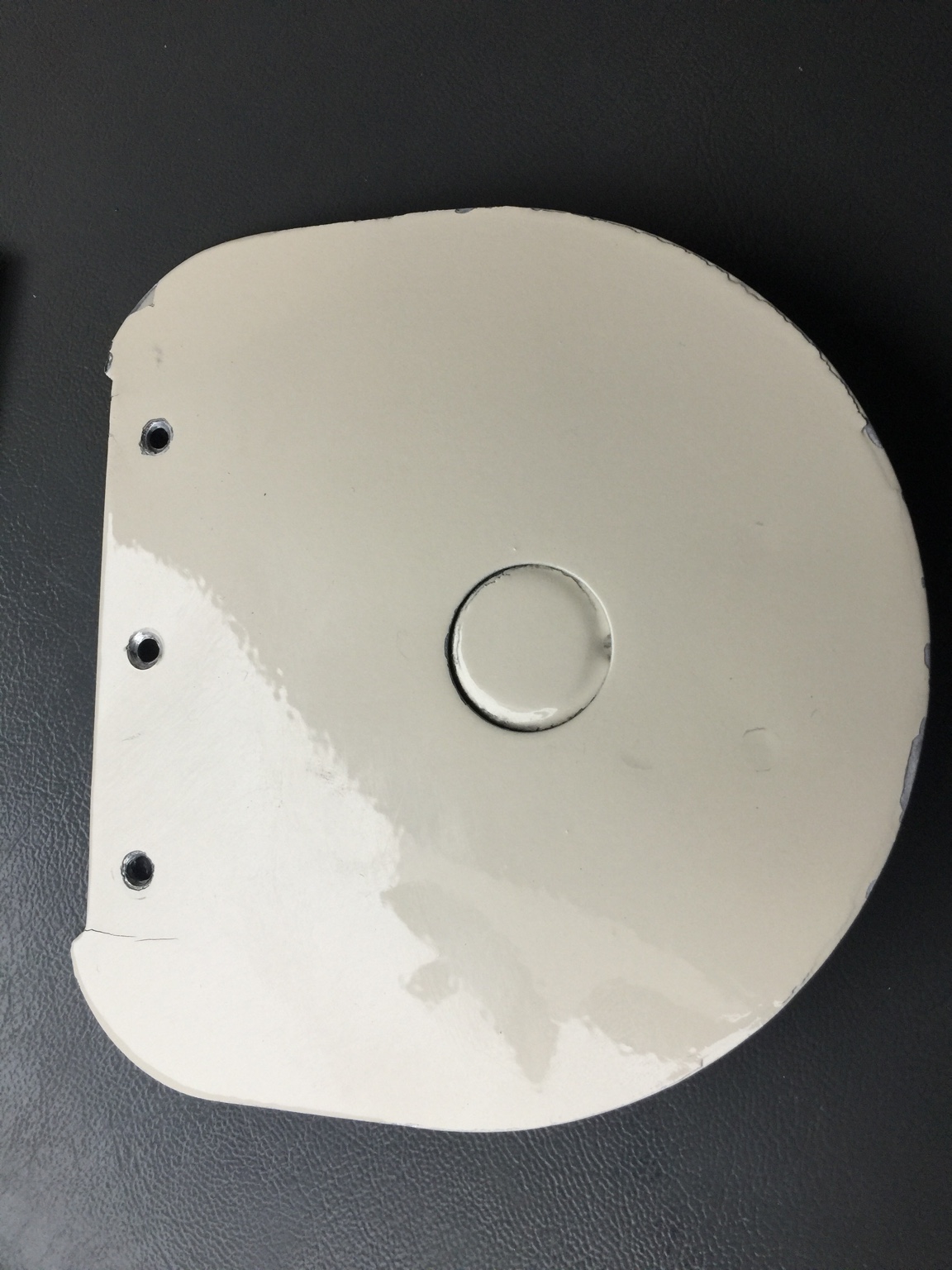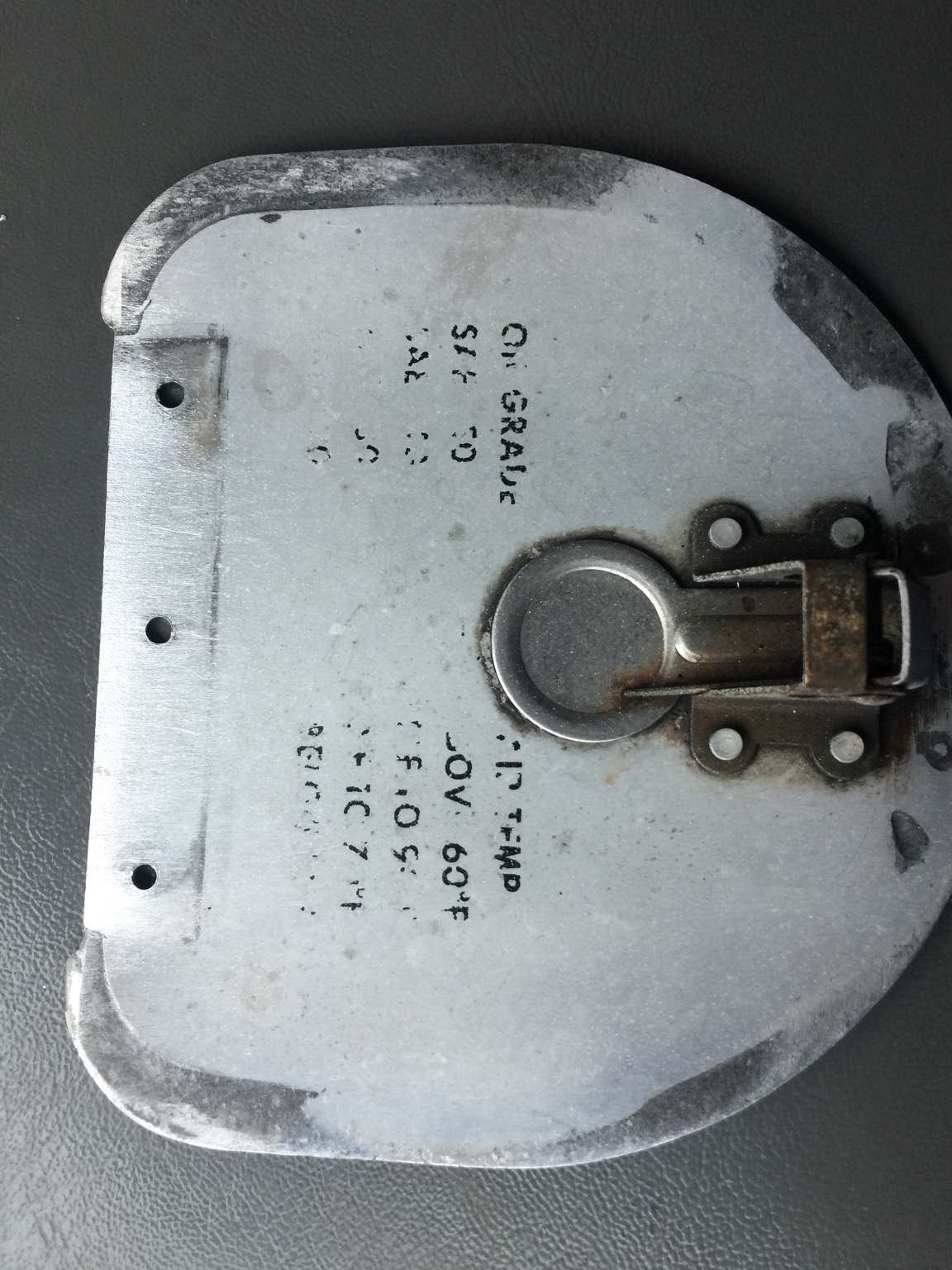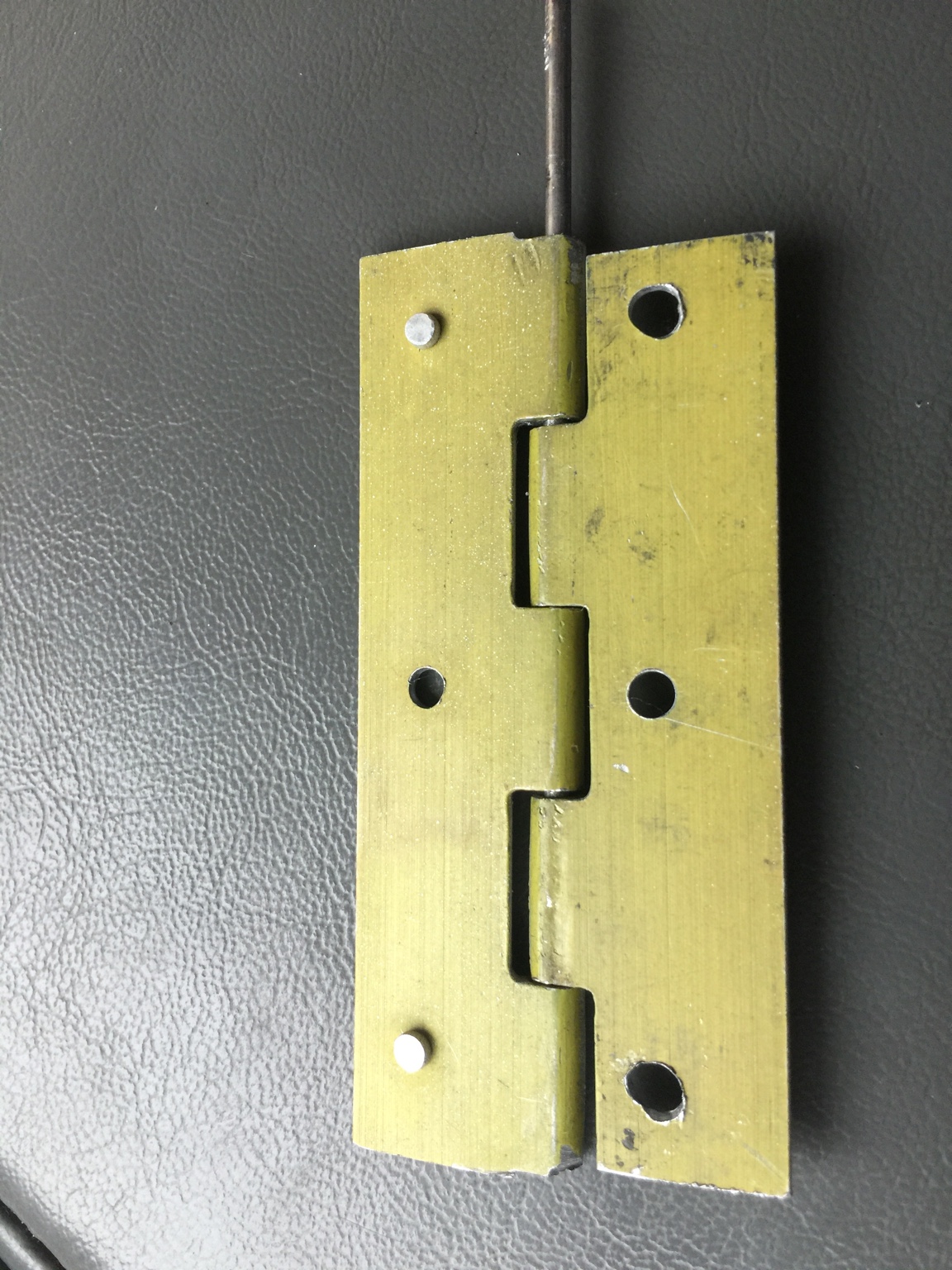Ok thanks.. I will try the hard and lean.. I always run Lean of peak and 75% power maybe I'm still a touch to rich.. I use the CHT gage and not the stumble then back off method
Sent from my iPhone using Tapatalk
Stumble and enrich to the right sound and smooth condition is the way to best do it given stock instrumentation. CHT only allows you to monitor the results and trends, you can't really set mixture from the raw numbers. As long as you aren't seeing CHTs above 380 and climbing, or below 220, the numbers themselves are meaningless.

